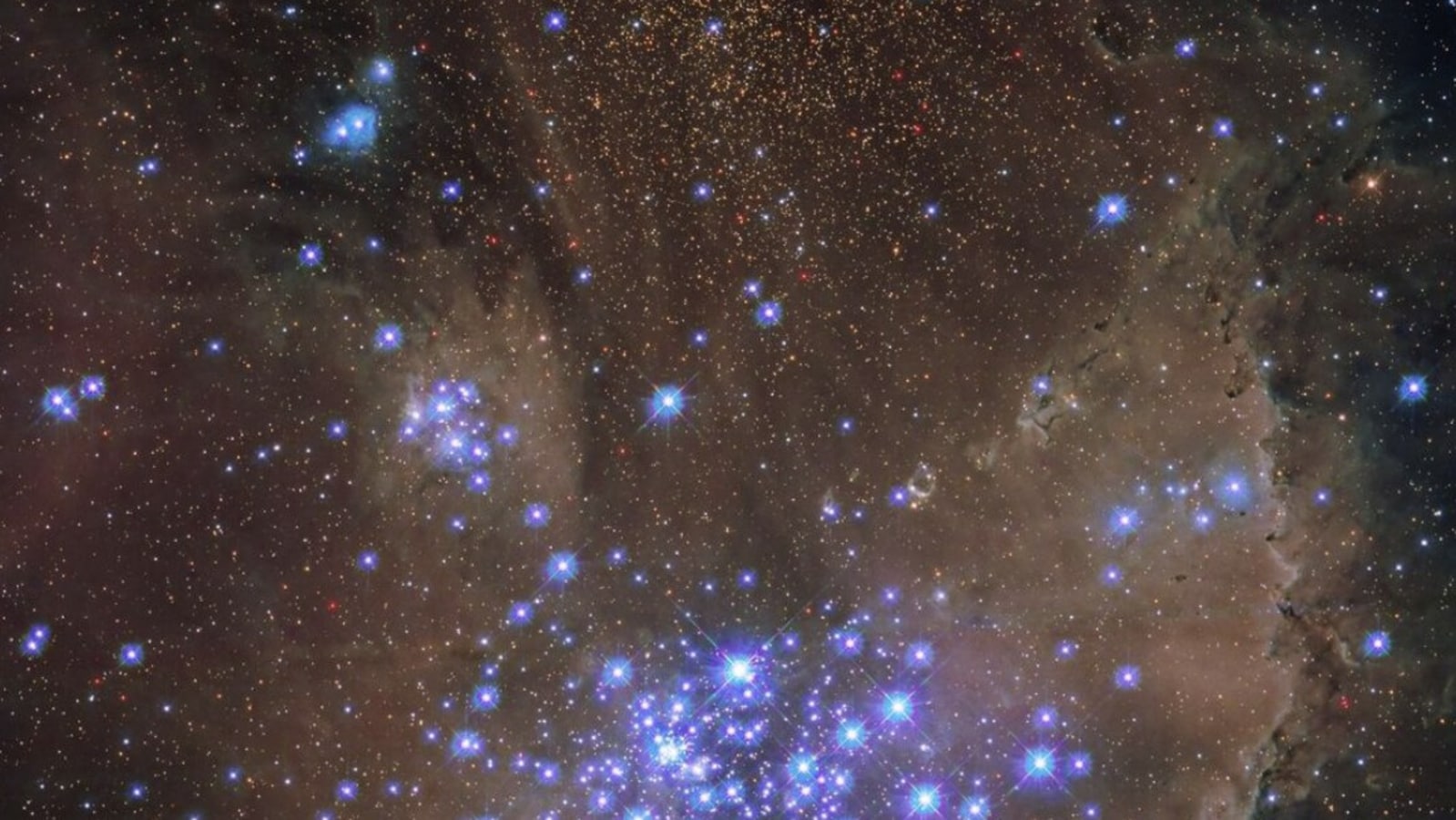NASA images:Our planet Earth is part of a giant solar system, located in a gigantic galaxy called the Milky Way. Our home galaxy is a large spiral galaxy with a stellar disk spanning over 100,000 light years. Surprisingly, ours is not alone, as space contains numerous galaxies that host thousands of planets and stars.
Space agencies like NASA and ESA continue to share images of nebulas, our neighboring galaxies and planets.
Here are the top 5 images captured by space agencies:
The eerie glow of a dead star, which long ago exploded in a supernova, is revealed in this image of the Crab Nebula taken by NASA’s Hubble Space Telescope. But don’t be fooled: The macabre-looking object still has a pulse. Buried in the center is the star’s telltale heart, which beats with rhythmic precision.
The “heart” is the crushed core of the exploded star. Known as a neutron star, it has the same mass as the Sun but is compressed into an ultra-dense sphere just a few kilometers across. The tiny powerhouse is the bright, star-shaped object at the center of the image.
The cosmic mishmash NASA Webb discovered here is a nebula in the Perseus molecular cloud, located approximately 960 light-years away.
Webb’s sensitive telescopes can reveal cosmic objects with extremely low masses. Some of the faintest “stars” in the image are, in fact, free-floating newborn brown dwarfs with masses comparable to those of giant planets. The gas and dust surrounding these young stars are part of the ingredients that can eventually produce planetary systems.
On October 12, 2012, NASA’s MESSENGER spacecraft captured this observation targeting a small area of Mercury’s surface, where two smaller craters on the rim of a larger crater resemble a pair of eyes.
MESSENGER was the first spacecraft to visit Mercury in 30 years and the first to orbit it. The craft mapped the entire planet, discovered abundant water ice in the shadows of the poles and revealed information about Mercury’s geology and magnetic field.
MESSENGER’s mission ended on April 30, 2015.
This light-year-long, caterpillar-like knot of interstellar gas and dust is a newborn star: a protostar.
Stars form in large clouds of gas and dust called molecular clouds. These huge clouds are cool and clump together. Over time, gravity causes some of these clumps to collapse. When this happens, friction causes the material to heat up, eventually leading to the creation of a protostar.
A protostar has not yet developed the power-generating ability of a star like the Sun, which fuses hydrogen into helium at its core. Instead, a protostar’s power comes from the heat released by that initial collapse. Over time, the protostar will develop the ability to generate power like other Sun-like stars.
The Small Magellanic Cloud is one of the closest galaxies to our Milky Way: it is “only” 210,000 light-years away. This spectacular star cluster lies deep within the Small Magellanic Cloud and is releasing light and energy into the nebula surrounding it.
This NASA Hubble Space Telescope photograph combines observations of the star cluster in ultraviolet and visible light; these glowing blue stars emit ultraviolet rays that are then captured by Hubble’s delicate instruments. Studying this star cluster in ultraviolet light is helping scientists understand how the birth of stars shapes the interstellar space around them.
Catch all the Business News, Market News, Breaking News Events and Latest news Updates in Live Mint. Download Mint News App for daily market updates.
FurtherLess
Disclaimer:
The information contained in this post is for general information purposes only. We make no representations or warranties of any kind, express or implied, about the completeness, accuracy, reliability, suitability or availability with respect to the website or the information, products, services, or related graphics contained on the post for any purpose.
We respect the intellectual property rights of content creators. If you are the owner of any material featured on our website and have concerns about its use, please contact us. We are committed to addressing any copyright issues promptly and will remove any material within 2 days of receiving a request from the rightful owner.

